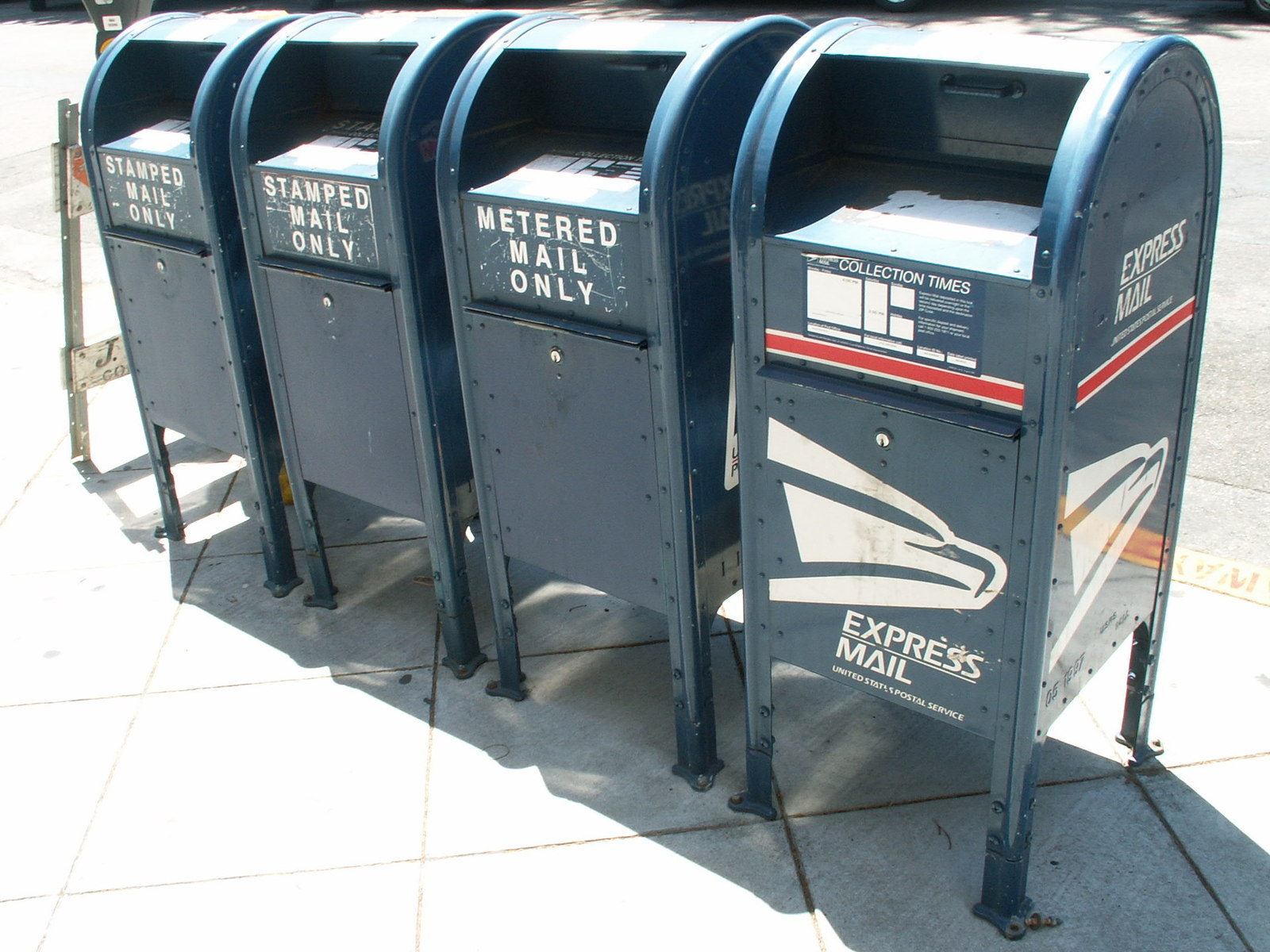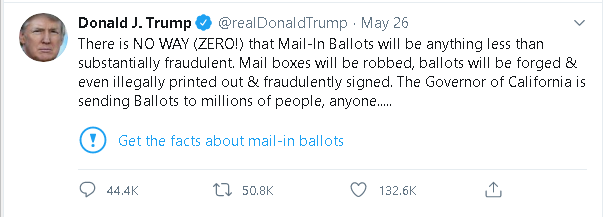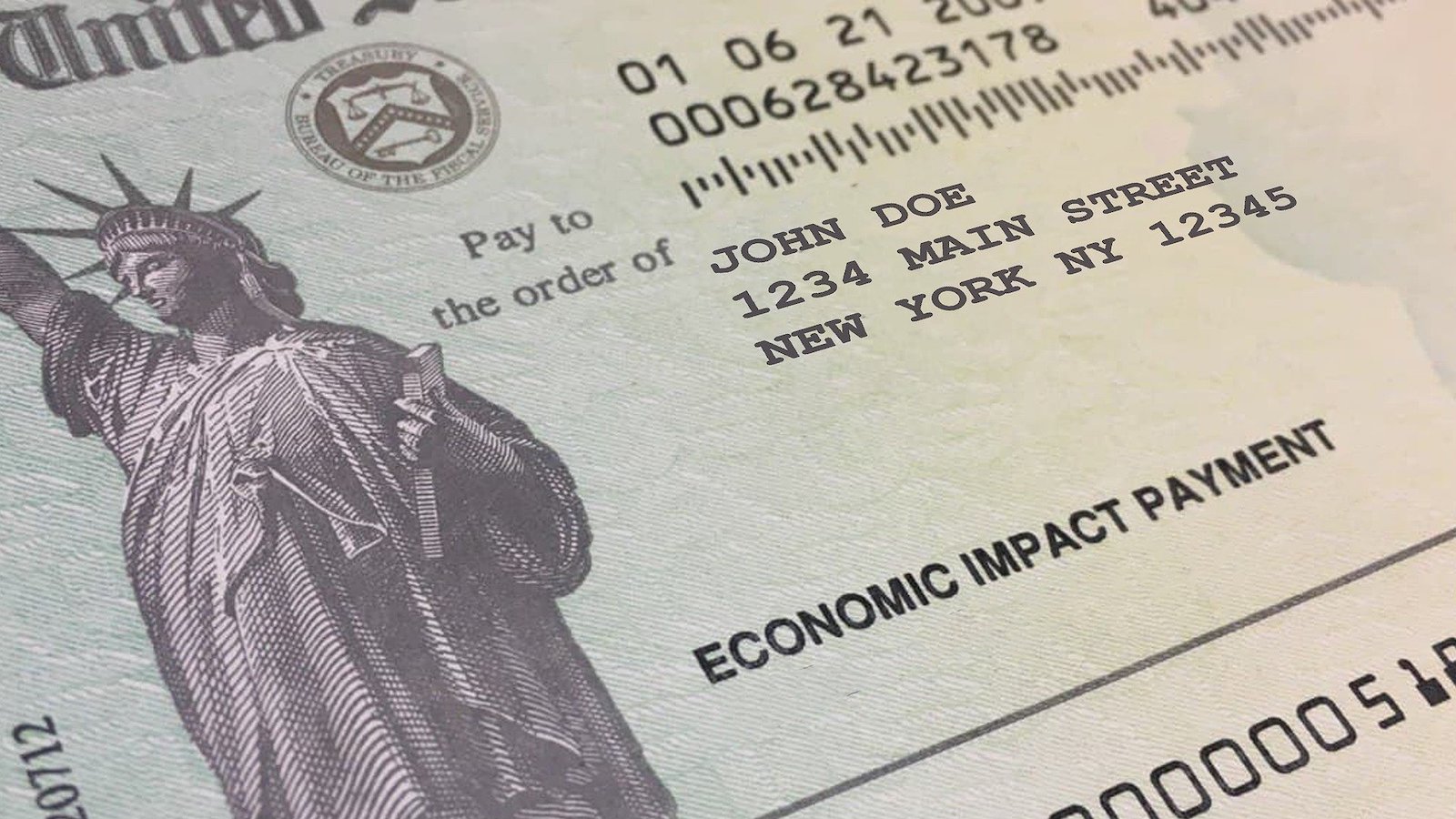Voting by mail is not only safe, it’s secure
In response to the novel coronavirus (COVID-19) most states are letting anyone vote absentee for the spring and summer elections. Voting by mail is a safe, secure way fror people to cast their ballot because states, especially those who have a long history of voting by mail, have established strong safeguards to prevent improper voting.

In response to the novel coronavirus (COVID-19) most states are letting anyone vote absentee for the spring and summer elections. In election after election so far, we’ve seen record numbers of absentee ballots cast.
As states have ramped up mail-in voting, there have been both avoidable and inevitable growing pains. It’s good that we have some time to learn from those mistakes, since we should anticipate even higher levels of absentee voting in November.
But as this transition to more mail-in voting has unfolded, some have sought to undermine it, led by President Trump. Among other dubious assertions, they claim that more voting by mail will result in rampant fraud.

That’s simply false. Study after study shows there’s no evidence of significant widespread voter fraud or security issues associated with vote-by-mail. Most recently, a Washington Post and Electronic Registration Information Center (ERIC) analysis of three vote-by-mail states found that officials identified just 372 possible cases of improper voting out of about 14.6 million votes cast by mail in the 2016 and 2018 general elections, or 0.0025 percent.
The reason that there are so few examples of improper voting (someone voting twice, filling out a ballot for someone else, etc.) is that states, especially those who have a long history of voting by mail, have established strong safeguards to prevent it. Here are a few simple but important security measures that make it exceedingly difficult for election fraud to occur.
The most common way to ensure absentee ballots are coming from the intended voter is signature verification. Before you mail in or drop off your ballot, you have to sign the ballot envelope. That signature is then closely examined by election officials, trained by experts, to see if it matches your signature on file. If a potential issue is identified, the elections office will contact you to attempt to fix the issue, usually by confirming you cast your ballot and then verifying the information. If the issue is resolved, the vote counts; if it isn’t, it’s not counted.
Most election jurisdictions also use some form of bar codes on ballots for tracking. Each voter has their own unique bar code, and when yours is submitted and scanned, it’s tracked in the system and you can’t cast another ballot for that election. In some places, there’s also a notification system where the voter can track their ballot from beginning to end, which not only reminds the voter about upcoming elections, but helps to identify any issues that might occur. For example, if you got a notification that your ballot had been received and counted but you hadn’t actually filled it out yourself, you could report it and fix the issue.
There are myriad other physical security measures election officials take, including 24-hour surveillance of ballot dropboxes, mandating that no one can be alone with ballots at any time and establishing a clear chain of custody for all ballots. A recent John Oliver “Last Week Tonight” segment succinctly illustrates just how difficult voter fraud would be to pull off.
Again, we know that these security measures work. Colorado, Utah, Oregon, Washington and Hawaii — states that have a long history of all-mail elections — haven’t seen any significant fraud. Oregon, which started running its elections by mail in 1993, has had just 82 felony convictions under its election statutes between 1990 and 2019.
Of course, election infrastructure must be built carefully to ensure the integrity of the elections. So the real question about ramping up mail-in voting for this fall isn’t whether we can do it securely — it’s whether there’s enough time for states to implement signature verification, ballot tracking, and other best practices we know work.
The answer to that question is yes, but only if we start now. In Wisconsin, Georgia and elsewhere, we’ve already seen what happens when changes are made at the last minute, without sufficient infrastructure to back up the changes. States can relatively easily address all of these problems by maintaining sufficient in-person voting options, actively encouraging voters to update and correct their registration, and establishing a robust ballot tracking system.
Let’s follow the blueprints for success that already exist, and quickly. There’s no time to waste.
Topics
Authors
Joe Ready
Find Out More

Enough noise. Absentee voting is necessary in a COVID-19 general election.

NJ Assembly Should Move Forward Resolution to Overturn Citizens United

With $1,400 payments on the way, here’s what to do, and not do

